Know Your Crochet Level: Skills, Techniques & What Comes Next
For the longest time I felt like I’ve been in limbo with crochet, not knowing what my crochet level was or what to do next. Looking through pictures of finished crochet items, I would see items that either were too easy or too hard. At the time I was only making blankets of varying sizes and I was getting tired of always making the same thing.
DISCLOSURE: This post contains affiliate links, meaning if you click on a product or service, and decide to purchase it, I may receive a commission at no extra cost to you. All recommended products and services are based on my experience with them. For more information, please read my Disclaimer.
Where I Started
I still remember when I was younger learning how to crochet from a family member. I was a little nervous but I was excited to create handmade items with a hook and yarn. (My barbies and cabbage patches needed blankets and clothes!) Unfortunately I quickly got to a point where I wished I could grow but didn’t know how. I didn’t want to pay for a class because I didn’t truly know where my skills were at…I just knew what I could and could not do.
EVERY crocheter was a beginner at one point and have had similar feelings. Some of us didn’t know the difference between a chain and a slip stitch and just mimicked what others taught us without knowing what we were doing.
Understanding skill levels helps us choose patterns that will challenge us without the overwhelm, prevent frustration from tasks beyond our abilities, and allows us to celebrate our progress as we develop new skills. This isn't about labeling yourself permanently. It's about knowing where you are right now so you can enjoy the journey to where you want to be.
Beginner Level
Let's go over what is typically seen at the beginner level. This level is where we first learn about crochet and the fundamentals. We start building our crochet foundation.
Stitches & Techniques
At the beginner stage, you're mastering the fundamental building blocks. You can create a foundation chain (though counting them is still tricky), work single crochet and double crochet stitches with reasonable consistency, understand how to turn your work, and recognize what “right side” and “wrong side” mean. You're learning to hold your hook comfortably and maintain even and consistent tension (though your gauge might still vary) but need a bit more practice to get it looking like those professional finished crochet projects you see everywhere online.
Pattern Reading
Beginner patterns feel like you're learning a new language! You start getting familiar with abbreviations like “sc,” “dc,” and “ch,” following simple but repetitive instructions. It’s not unusual during this stage to Google what certain terms or stitches mean mid-project. Video tutorials are your best resource, and you prefer patterns with lots of photos or step-by-step guidance.
Common Projects
Typical projects that are great for beginners include simple scarves in basic stitches, dishcloths and washcloths (perfect for practicing!), granny squares, basic blankets with repetitive patterns, and simple infinity scarves. These projects can help build muscle memory and improve your confidence in your crafting skills the more you practice.
RELATED: Crochet: How To Start As A Beginner
7 Foolproof Crochet Projects for Beginners
Challenges
Counting stitches accurately can be a problem, maintaining even edges (wavy much?!), knowing where to insert your hook in the first and last stitches of rows (specially if you’re not using stitch markers), managing tension (either too tight or too loose), figuring out pattern abbreviations if you’ve even attempted reading patterns yet, and the occasional dropped or missing stitch.
RELATED: Tips On How To Read A Crochet Pattern
Intermediate Level
Intermediate is where you start feeling like you know what you are doing but you’re not sure what to do next. Read on for additional clues on how to know if you are still in the intermediate skill stages of crocheting.
Stitches & Techniques
You've moved beyond the basics. You’ve tried and can comfortably work shells, clusters, popcorn stitches, and bobbles. You understand the difference between front post and back post stitches and how they create texture. You can increase and decrease with confidence, work in the round without much confusion, and follow stitch diagrams, charts and/or patterns. Switching colors cleanly isn’t too big a deal, and you can weave in the ends neatly. You're often experimenting with different yarn weights and hook sizes purposefully to discover more techniques that you prefer.
RELATED: Ultimate Guide to Crochet Techniques
Pattern Reading
Patterns are becoming second nature. You can read and follow multi-step instructions without constantly looking up how-tos. You are better at understanding pattern construction and how sections fit together. If you care into making clothing, you are making sense of sizing charts too. Every now and again you may spot errors in patterns (which makes you feel kinda like a big shot). You might still need to look up an unfamiliar stitch, but you can usually figure it out from written instructions alone.
Understanding Gauge
This is a huge milestone. You understand why gauge matters, especially for wearable finished crochet items. You actually make gauge swatches (most of the time!), know how to adjust hook size to match gauge, and can start to calculate how changes in gauge will affect finished dimensions.
Common Projects
Hats and beanies, amigurumi with moderate shaping, sweaters and cardigans in your size, textured blankets with multiple stitch patterns, market bags and totes, shawls with lace elements, and granny square garments. You are getting better at projects that require planning, shaping, and problem-solving.
Challenges
Achieving consistent gauge across large projects can be a little tricky. Keeping track of multiple stitch patterns over a lot of rows is easier now. Managing multiple skeins of yarn while color-working, staying motivated through long projects, and deciding when to”frog” versus push forward are all things that you have either experienced or that have crossed your mind frequently at this stage. You're still trying to figure out how you can grow and learn more.
RELATED: How To Improve Crochet Tension
Advanced Level
At this level, you are pretty confident in your skills. You know you can learn more but for the most part (at least with the stuff you are used to doing), you've got this.
Stitches & Techniques
This is where you can really get into specialized techniques. You can work Tunisian crochet in various stitches, create intricate color-work and fair isle patterns, execute tapestry crochet with clean color changes, work delicate thread crochet and Irish lace, construct garments with set-in sleeves and complex shaping, use broomstick lace, hairpin lace, or Bavarian crochet, and potentially incorporate beads, wire, or unconventional materials. Your tension is consistent, and your stitches are uniform in nature.
RELATED: Color Theory For Crocheters
Pattern Design & Modification
You can follow patterns without issue, but now you're also creating them. You can draft your own patterns from scratch, adjust for different sizes or styles in existing patterns, use increases/decreases for preferred shaping, change stitches without completely altering the overall design, and write clear instructions for others to follow.
Project Management
You got lots of complex WIPs going without confusion. You can often troubleshoot issues in your own work and others', understand methods of construction and can choose the best approach for each project. Planning color combinations is fun and it’s rewarding to find stitch patterns that complement each other. You can also often finish projects without referring back to a pattern.
Common Projects
Common projects for this skill level include heirloom lace doilies and tablecloths, sweaters with intricate stitch work, mosaic or overlay crochet blankets, free-form crochet art pieces, crochet jewelry using threads, complex but realistic looking amigurumi, wearable pieces, and you can reproduce vintage patterns.
Teaching & Community
Advanced crocheters often find themselves naturally teaching others, creating tutorials and videos, answering questions in crochet groups, test-crocheting for designers, and contributing to pattern development in the community.
Challenges
There can be quite a few challenges when you are at the advanced level. Finding patterns that still challenge you can be difficult. Staying enthusiastic when helping other beginners can feel tiresome. You don’t mean to but perfectionism kicks in with your own work. You may have a ridiculous amount of specialty yarns and managing the time commitment required for intricate projects can be challenging.
RELATED: DIY Crochet Project Planner
Signs You're Ready to Level Up
If you’ve identified where you are in skill level, here are some typical signs that will indicate that you are ready to start leveling up your skills.
From Beginner to Intermediate
Your stitches are relatively even and you can complete a simple project without wanting to quit. You rarely have to rip out more than a row or two and “frogging” doesn’t happen as often as it used to. You're getting curious about patterns with “new” stitches, and you're no longer intimidated by the idea of making something that you can wear.
From Intermediate to Advanced
You modify patterns naturally without too much thought. Other crocheters may start asking you for help in the crochet communities you are engaged in. You're bored by basic patterns and want to design your own projects, you can troubleshoot pattern errors (your own patterns or other’s), and you're drawn to techniques you've never tried just because you’re up for the challenge.
Summary
By no means am I an expert in the labeling of levels and their skills. Just remember that these levels aren’t set in stone. You might be advanced in one area (like amigurumi) while still intermediate in another (like garment construction). It really all depends on what you have tried during your crochet journey.
We are happiest with crochet when we are creating and making, not when we get hit a certain label/level. Be proud of where you are in skill level, even if you’ve never crocheted before but are enthusiastic about learning! Be excited and remember that even advanced crocheters are still learning! Crochet is constantly evolving so there is much to look forward to as well.
Share in the comments what level you feel you are. What skills are you currently trying to learn or master? Still don’t know? No worries! Try mastering one stitch a week or one technique month to start building your skills. You’ve got this!

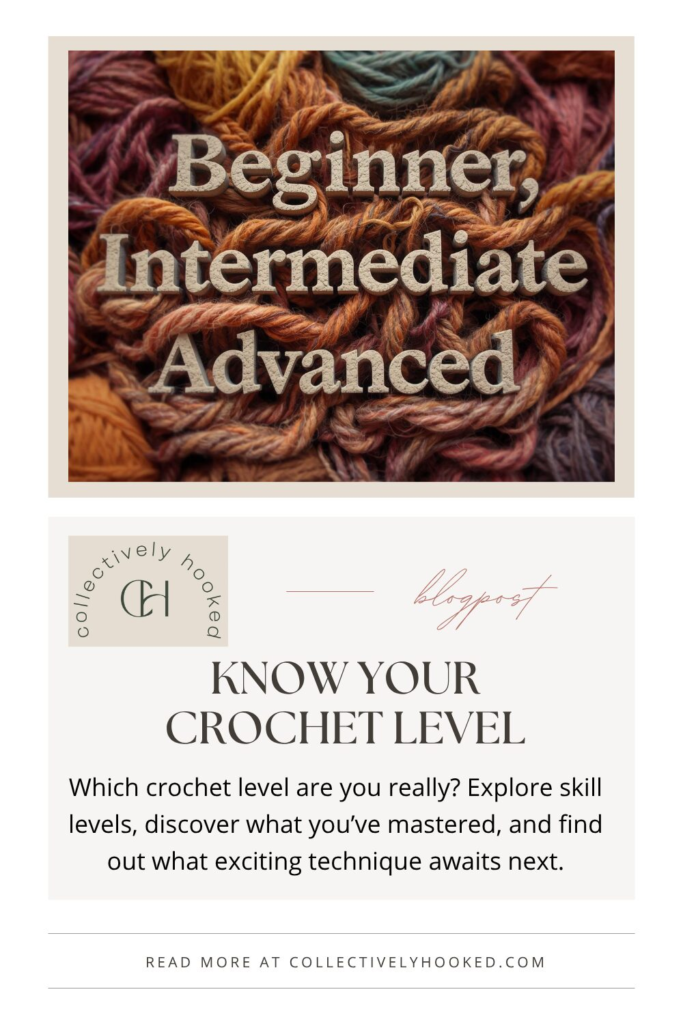
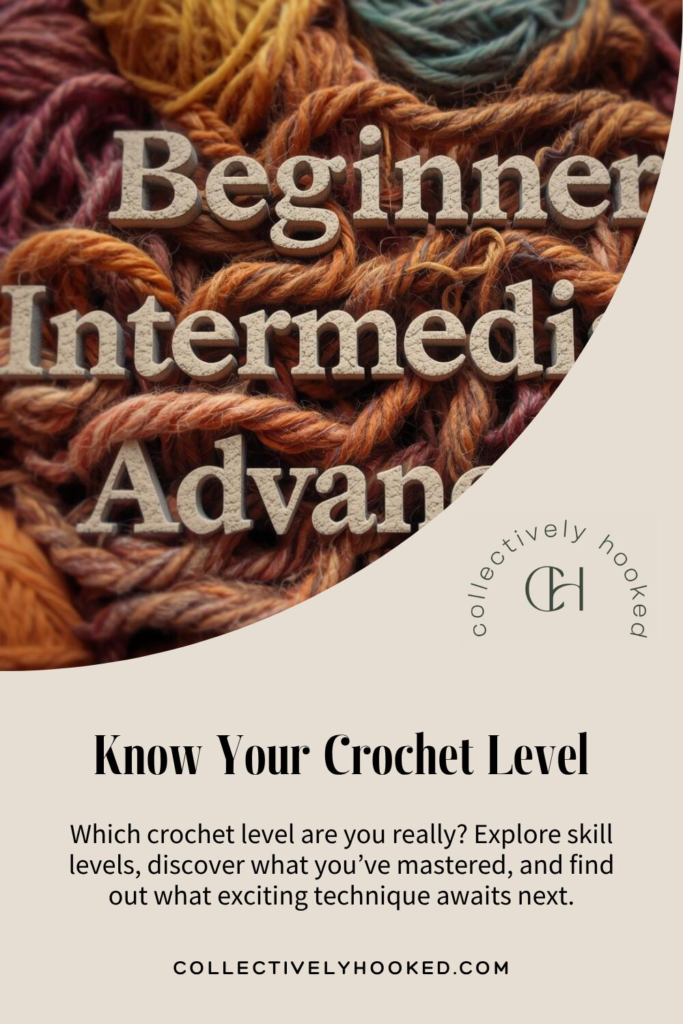
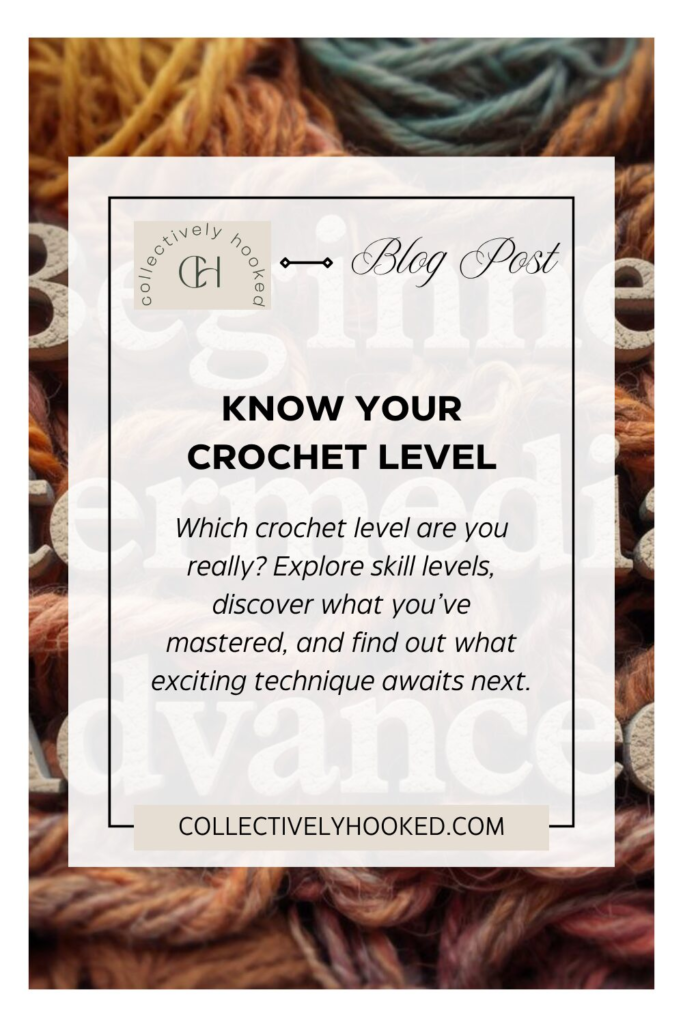
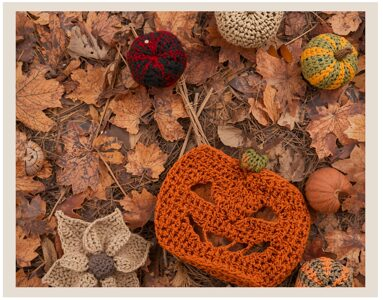

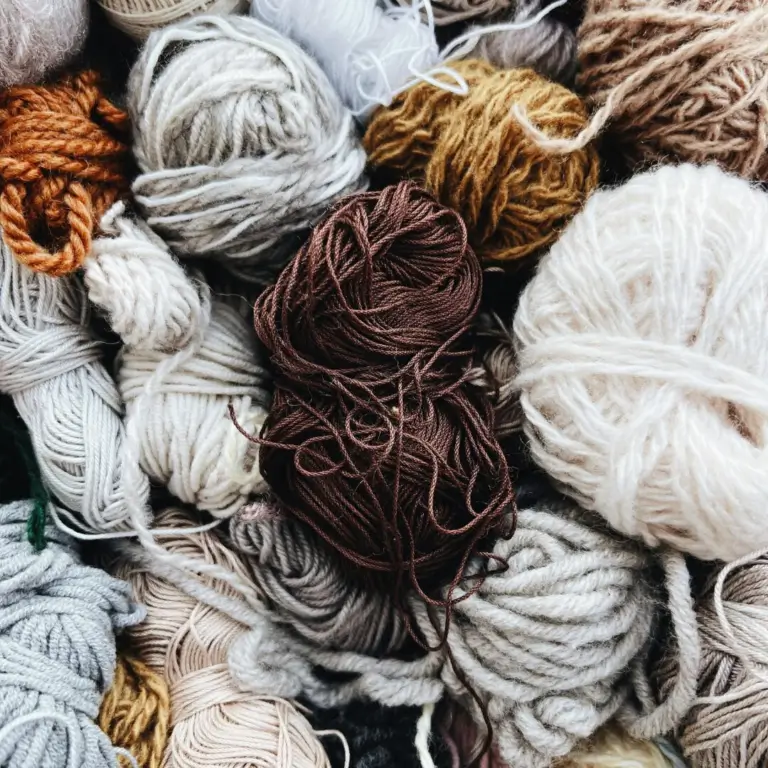
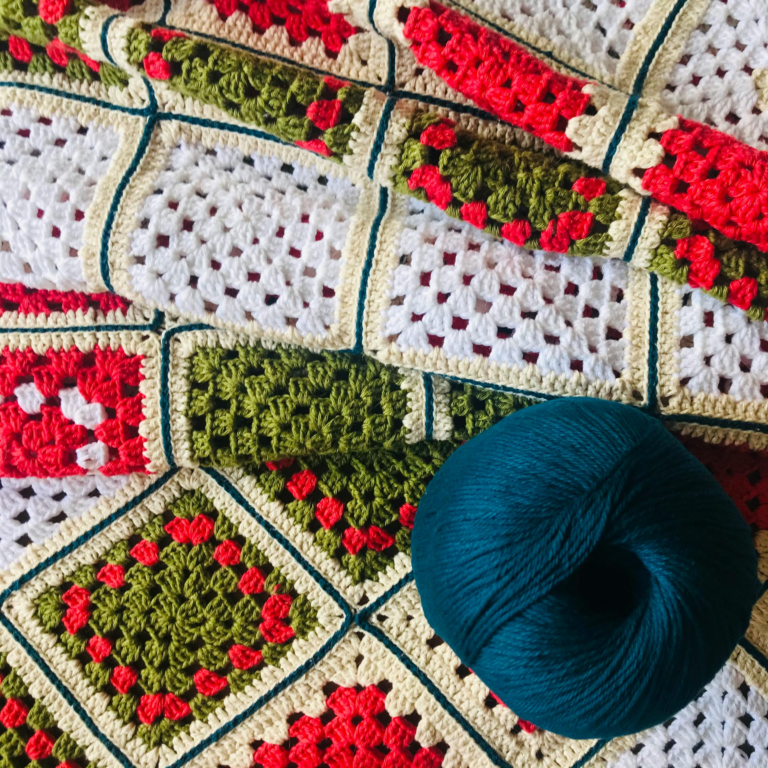
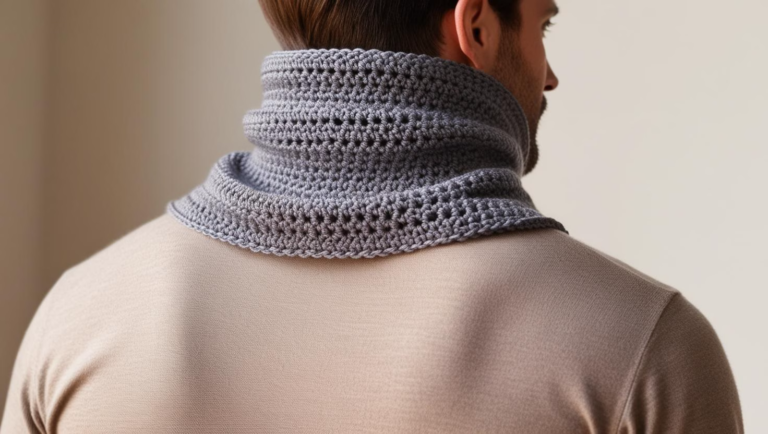
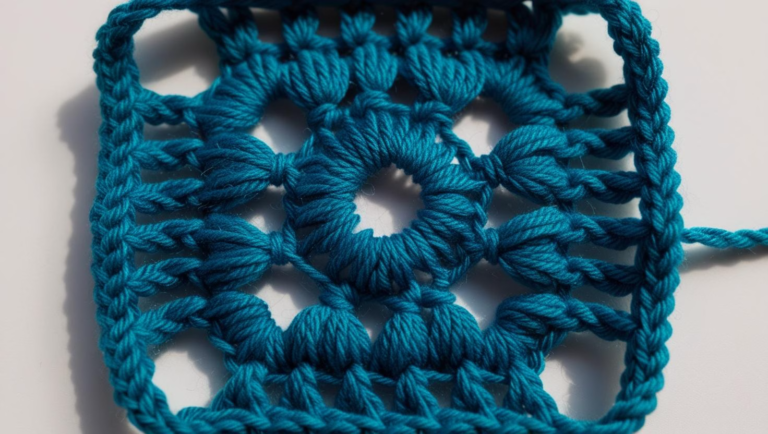
This is a handy guide for knowing which crochet level I am. I’m definitely at the beginning stages, but looking forward to adding new techniques and level up soon!
I’m glad you found this guide helpful. Thanks for reading!